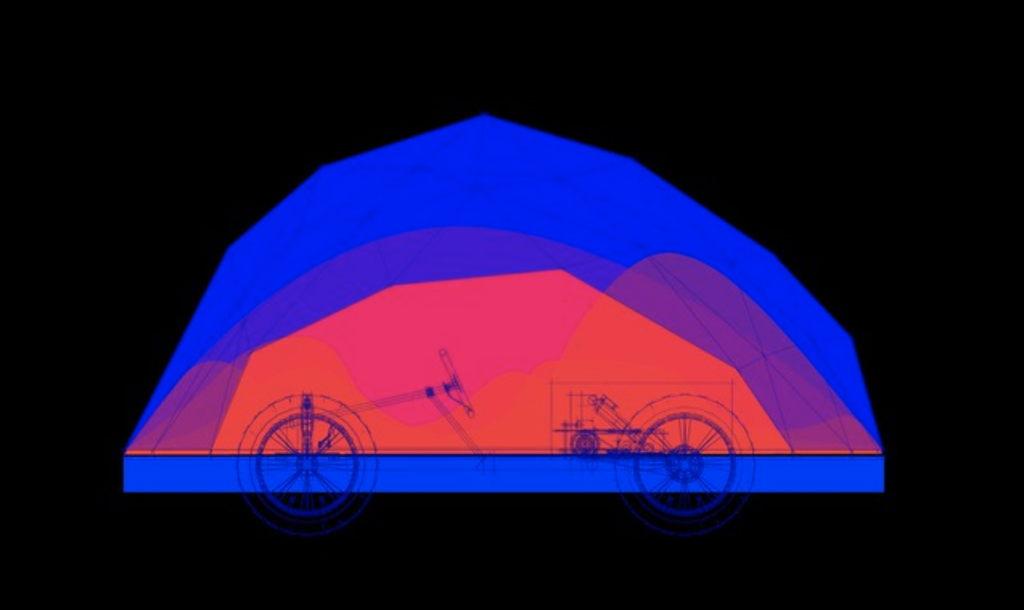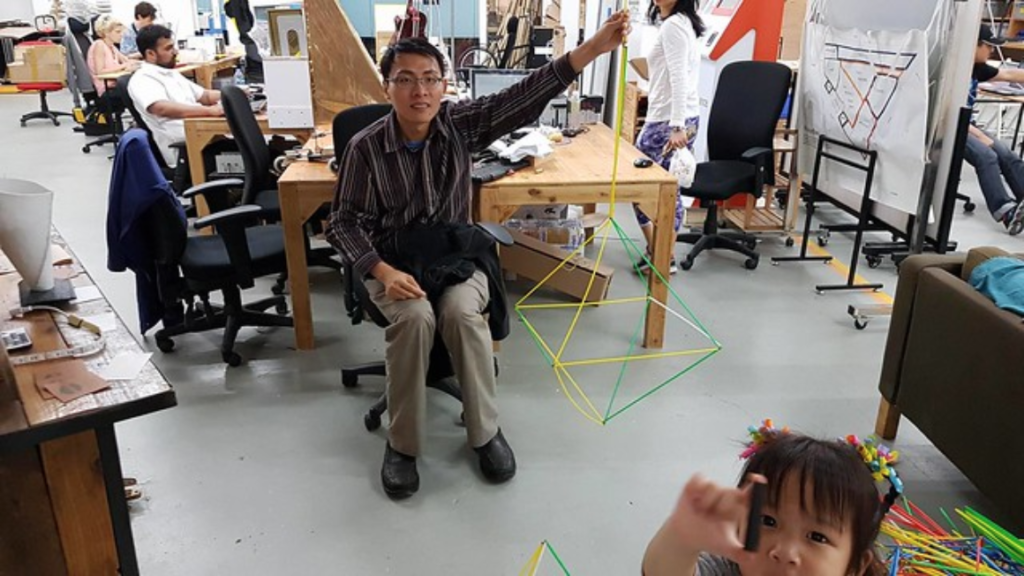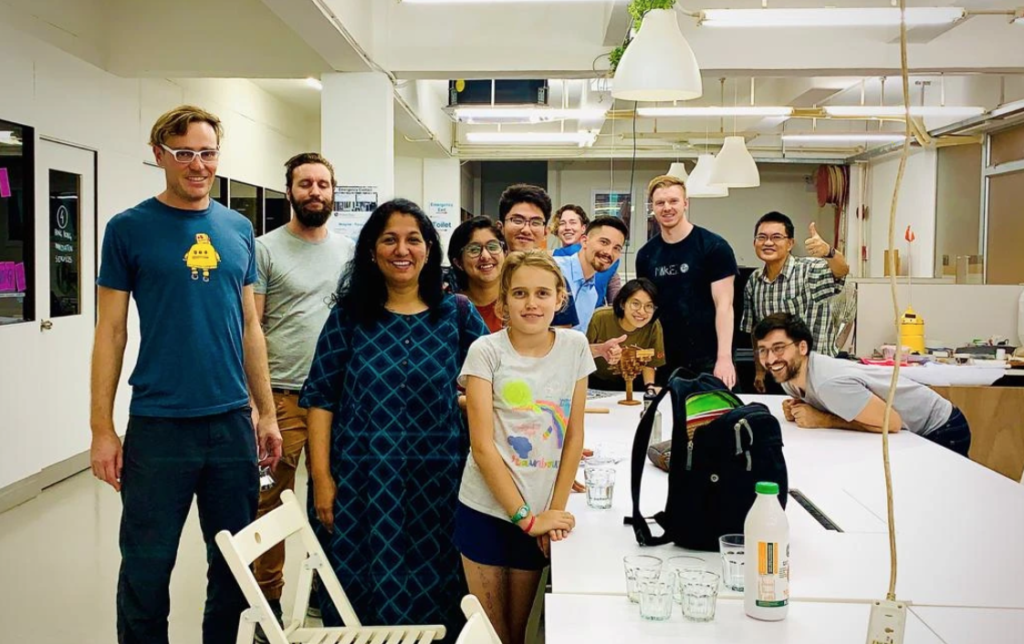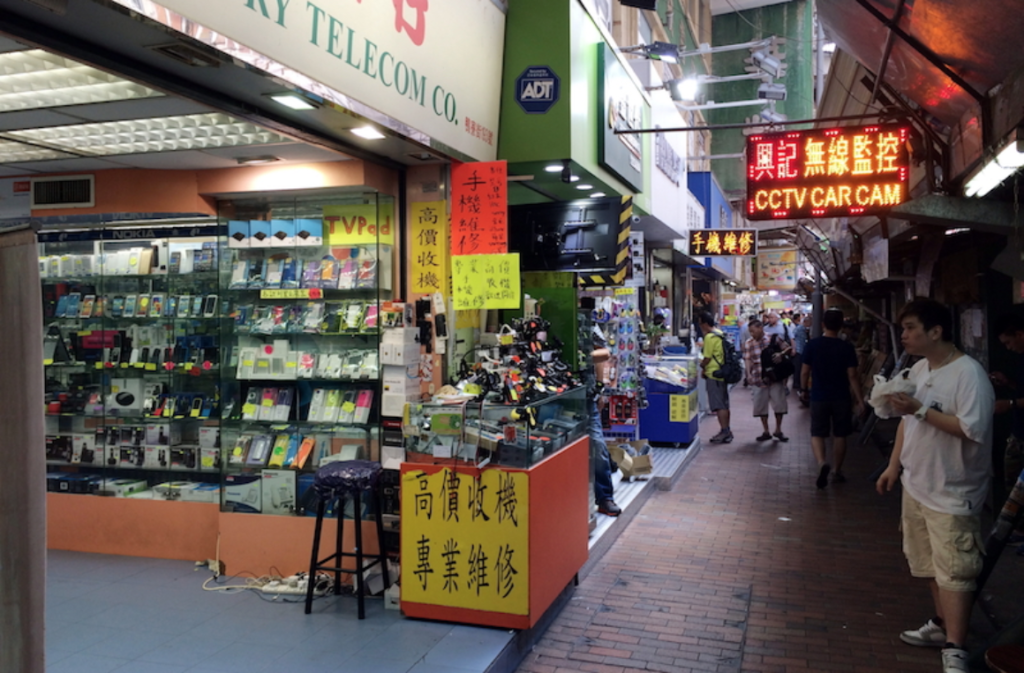How we did a Design Sprint in 3 Days

Recently, the virus thing is like the world war. The COVID-19 pandemic definitely mark its space in world history. The virus not only causing millions deaths around the world, it is also greatly affecting the big social and economic engine operating that holds nations in place.
Yesterday I saw this poster explaining how COVID 19 has disrupt many aspect of the human race. Business are affected and people are losing their jobs (economy), high density in cities (living condition), loneliness, mental health and overloaded health care system (health care), schools closed (education), cut down budget on climate change action and conservation (environmental), but there are also some good affect such as less air pollutant because of less vehicle and factories are closed.

Unavoidable, our company business is also greatly affected under this pandemic time. Our core business is education. So with schools closed and the regulation of public gathering, we suddenly lost majority of our business.
But is it the end of the world?
No. The wheel is still rolling, things moves on. But the pandemic hit us hard to make us realize we need to change. This not only apply to my company, but also to all of us. The pandemics reveal the gap and fault lines in our systems, our practices. It’s a warning to us. At the same time, it also creates opportunities to improve or revamp the faulty process or products in our society and market.
We definitely need to find another way to sustain our business and continue to pursue our vision creatively.
My team and I put our heads together to think about the problem we are facing: We cannot deliver face-to-face workshops and training with more than 4 people, and this situation seems to last for quite a while. Also we foreseen there will be more and more similar disruptive situations happen again in the future. How might we redesign our business to be more robust and scalable?
Therefore I think it’s a good time to run a design sprint with my team to quickly work out a testable solution.
Design Sprint
I remembered the book I read 2 years ago. It is “Sprint” by Jake Knapp.

The book was written by three partners at Google Ventures, through investing and coaching many start-up teams, they distill their experience to a unique five-day process for solving tough business problems, proven at more than 100 companies. Within five days, you’ll move from idea to prototype to decision, saving you and your team countless hours and countless dollars.
What types of projects are the perfect fit for a design sprint?
- A remake or redesign of an existing product
- The search for a creative solution to a specific problem
- The need to align multiple visions or departments (marketing, business, technology, etc. ) on complex issues
- Creation and validation of new disruptive or innovative business models
- The exploration of an opportunity and its validation through prototyping.
To prepare the Sprint, I did some research online to see what is the best practice. Here are other other resources I refer to and share with my team one day before the sprint.
- https://design-sprint.com/remote-virtual-design-sprint/
- Lean market validation – 10 ways to test your startup idea
Day 1 – Define the Problem & Brainstorm ideas
In day 1, we are going to define our problem and ask ourselves the following questions:
1) Who’s our customers?

The team will draw a customer persona and list out as specific as possible about that Persona, such as age, gender, family status, education, work (what kind of work, job, business, working hours etc.), income level, social status, needs and pain points.
In our case, our potential customers are the parents who want to provide their boring kids with fun activities that are educational and stimulate kids’ creativity at home, the high school students who want to build their portfolio to apply university and college students who keen to learn new technical skills and build their portfolio. Another group of customers are teachers (primary school to secondary school) who need to design and deliver educational programs to students and social workers who need to build community and run interesting programs to engage youths.
2) What problems are we solving?
After listing out the potential customers, we write down what is their needs and pain points.
When we put ourselves into their shoes to imagine what are their needs and challenges, it is recommended to interview a real person that represent the potential customer segment. Thus, we interview a teacher who teaches Maths at a local primary school, and he told us what is the usual practice from designing curriculum to deliver the class and the pain points of being a teacher.
Looking into all the users and their needs, we tried to find patterns. Do their have common problems? Which customer segments we want to focus on?
One common problem nowadays is everyone need to go online. Many interactions used to be face-to-face need to shift to online virtual space now. Another common problem is they are lack of creative inspirations, tools and space to make something that improve their lives.
Referencing to our existing business and customer base (which are mostly schools ,institutions and NGOs), we want to keep the B2B part and expand the B2C part.
3) What solutions we can offer to solve the problem?
To answer this question, we need to write down our problem statement and do a brainstorming session to come up with many ideas to solve the problem. Having our company core vision (impact innovation, global impact) in mind, we draft two problem statements:
- How might we teach user to do making online?
- How might we facilitate user to do impact innovation online?
The problem statements might not be perfect, but it is a good start.
4) How does our product solve the problem?
From here we tie the value of our product directly back to customer problems. How does solving their problems make their life better? Does it save their time? Look smarter? Feel more fulfilled?
5) What are the key features of the product?
Here we think Minimum Viable Product and limit the feature set as much as possible (we need to provide just enough value for some customers to buy).
Actually, most of what we write down are assumptions. We still need to verify them with our target customers.
Day 2 – Decide and Prototype
Recap from day 1, we defined our potential customers, list out their needs and pain points, and brainstormed ideas to solve these problems. In day 2, we will go through 2 processes: Decide and Prototype.
Decide
- Grouping and organizing ideas based on user segments. We found that some ideas can combine together to form a base product to serve both segments, and we can offer some different services on top of the base product.
- Ideas were then ranked based on the following parameters: scalability, economic viability, desirability, and technical feasibility.
- lastly, we discussed with our CEO to evaluate our ideas and decide which one we should prototype first.
Prototype
As we want to explore a new market (B2C), we decided to prototype the Maker Toolbox + Online Maker Classes idea targeting parents with 6-17 year-old children. Now we have a rough idea of what to prototype, what’s should come next?
1. Consolidate the details of the prototype on a concept communication chart
To make sure everyone is on the same page, putting details of your prototype on concept communication chart helps you to communicate your ideas in a more concrete way to the rest of the team, and helps clear any misunderstanding or confusion. Here is how we did it.

3. Design user test
In order to decide what does your prototype actually look like, it is important to know what do you want to learn from the user test. I found a pretty good diagram from “Value Proposition Design” written by Alex Osterwalder and his folks. In his book, he illustrates the testing process.

Hypothesis are the assumptions you made, so that your idea will be a success. That’s mean your business idea will succeed based on these assumptions. If the assumption is wrong, your business idea will fail. The biggest assumption in many business is “You product is solving the users’ problem.”
Here are some of our hypothesis:
– The Maker Toolbox and online makerspace is desirable to parents
– The content of the classes is attractive to the kids
– Kids are motivated to join the online maker contest
– User can follow the class to complete a project
2. Pick the format of the prototype
There are different ways of building a prototype. First, ask yourself “Is your product digital, a service, physical, or it’s a combination of both?” Figure 3 shows the examples of various types of prototype depends on the nature of your product.

Fig. 3 Format of prototype (Photo: Maria Li)
After choosing the format, you can start making a low fidelity prototype first, then iterate to higher fidelity.
Here, our product is a combination of digital, physical and service. In this case, we prioritized the hypothesis we want to test for the first round of user test. We decided to test this hypothesis: “The Maker Toolbox and online makerspace is desirable to parents.” using a digital mock up of a product landing page and an email campaign.
4. Start working on building the prototype
With the project team, we spent 1 day to make the prototypes. The prototype doesn’t need to be perfect here, but should be including the core part to collect information for your learning.


Day 3- Test
First, we did a feedback session with teammates outside the project team. The fresh eyes can give you honest feedback. Good suggestions was made on the concept of the product, taglines, visual communications etc. We also collected good questions which we overlooked.
After that, we iterate to our prototype v.2 and share with the whole team again before publishing it to our target audiences.
Test are still on going. I will put the updates here 3 days later. Stay tuned!
Note: This blog post is re-posted from Maria’s personal blog.







Responses